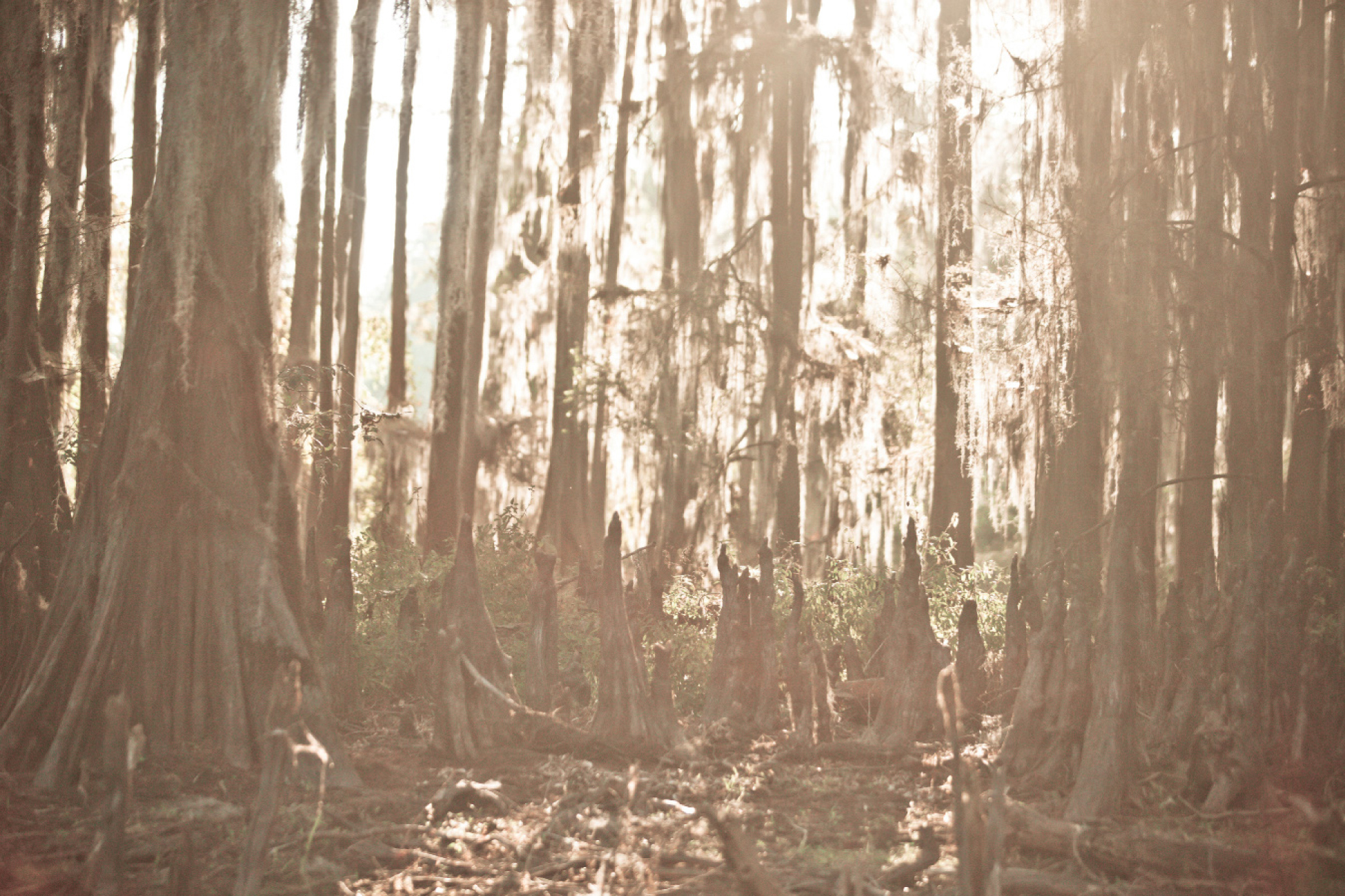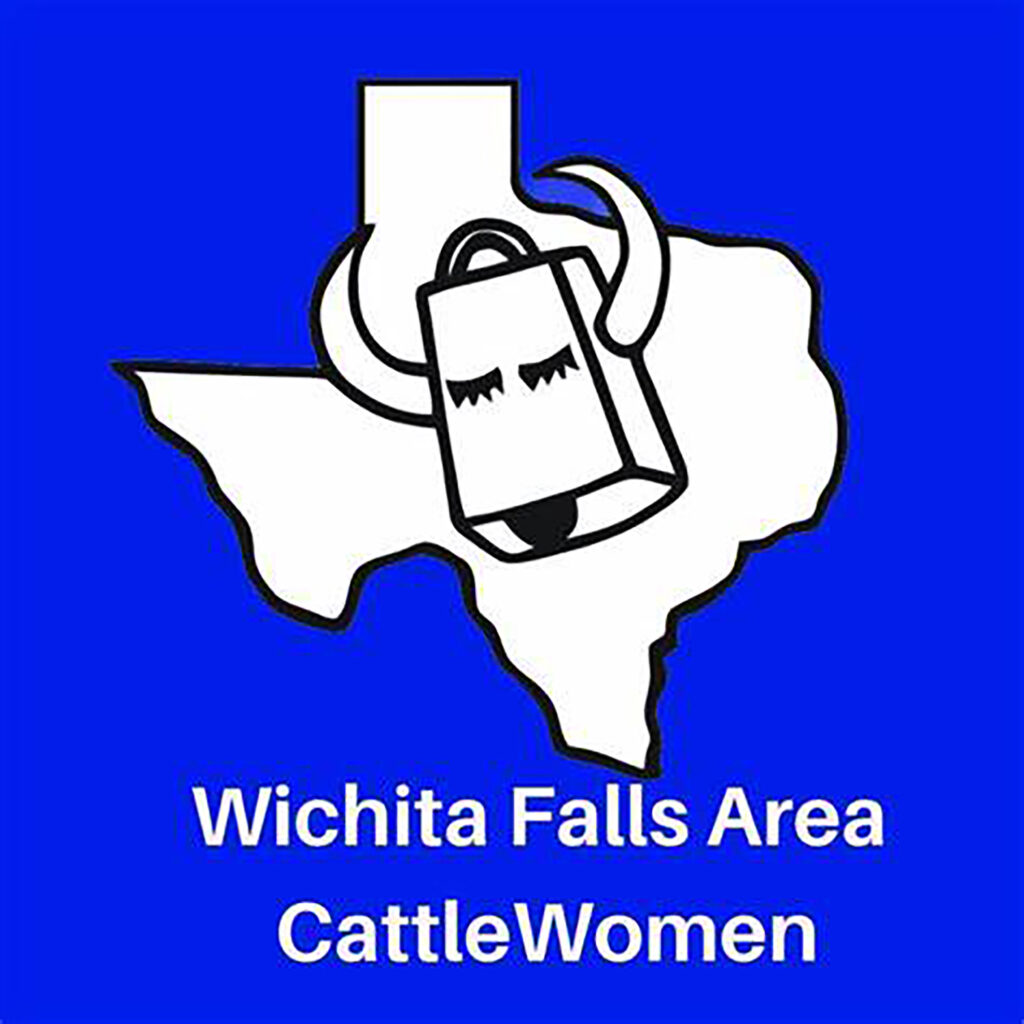HOME
Hunting for Bigfoot

By Russell A. Graves
When Texas was just a burgeoning state, fantastic tales of human-like creatures permeated the folklore.
“In the spring of 1845 when going to my work one morning I discovered the tracks of three persons who had been near the house the night previous,” wrote Samuel Rogers, whose story was re-told in the J. Frank Dobie book Tales of Old Time Texas.
“…the unknown folks had been around us nearly one year. Then we missed the tracks of the big one and the little one. I must say that I felt a little sorry that the one that made the small tracks was gone without ever finding out who it was or what induced the person to live such a life. I spent many nights watching but never could get a glimpse of any of the three wild ones.” Sam Rogers’ accounts, perhaps the first written, gave rise to the Bigfoot legend in Texas even though spoken accounts of a creature living along the banks of the Navidad River began as early as the 1830s.
Settlers along the southeast Texas river bottoms had numerous, secondhand encounters as reports about pilfering crops, livestock and supplies in the rural area were numerous.
Today, the legend of The Wild Woman of the Navidad persists and stories of an unknown creature even found its way into a retro-styled, 2008 independent horror film that draws upon journals written in the 1970s by Dale Rogers of Sublime, Texas.
However, there’s been no gap in Bigfoot sightings from the 1830s to the time the film was released. Texas is peppered with historic and contemporary Bigfoot sightings (the reports come mainly from the densely forested land east of I-35), and there’s even a group who’s dedicated to uncovering the mystery of the cryptid by using old fashion detective work and high tech science.
A New Breed of Hunters
“The combined total amount of forestland in the four-state region [Texas, Oklahoma, Louisiana and Arkansas] equates to roughly 65,000,000 acres, or 100,000 square miles,” said Texas Bigfoot Research Conservancy (TBRC) conference coordinator and organization co-founder Jerry Hestand.
By day, Jerry is an elementary school teacher in Bells, Texas, but on weekends and the summer, he dedicates much of his time to researching the anomalous Bigfoot (sometimes referred to as Southern Sasquatch).
To read more pick up a copy of the August 2018 NTFR issue. To subscribe call 940-872-5922.
HOME
Preparing Spring Gardens

By Hannah Claxton | Editor
The North Texas area is located within USDA Hardiness zones seven and eight. The zones are categorized by predicted low temperatures for winter and timing of the first and last frosts.
Zone seven usually has winter low temps between 0 and 10 degrees F with the average date of the first frost falling between Oct. 29 and Nov. 15 and the average date of the last frost falling between March 22 and April 3.
Overall, these two zones have similar climates and growing conditions, making the options for timing and variety within a garden very similar.
In these zones, cool-season crops should go in the ground in March, meaning that soil preparation should start now.
To read more, pick up a copy of the January edition of North Texas Farm & Ranch magazine, available digitally and in print. To subscribe by mail, call 940-872-5922.

HOME
Equine Vaccinations

By Heather Lloyd
Vaccinations are a critical component of maintaining the health and well-being of horses, especially in environments where they are exposed to other animals, such as in the sport, show and performance arenas. Horses, like all animals, are susceptible to various infectious diseases that can spread quickly and cause serious harm.
A routine vaccination schedule helps prevent the spread of these diseases by preparing the horse’s immune system.
To read more, pick up a copy of the November edition of North Texas Farm & Ranch magazine, available digitally and in print. To subscribe by mail, call 940-872-5922.

HOME
Wichita Falls Area Cattlewomen

Having herds on a controlled breeding schedule means that we have a predictable calving schedule, and while it’s only over a couple of months, for us it does fall right after the start of the year. I lobby annually to call ours the “Winter calving season”, but I am outvoted and my husband still refers to it as Spring. Unlike producers in our Northern States, we don’t have to contend with brutally harsh winter weather, and on those rare times we do, thankfully it is not for extended periods. Regardless of whether you have a Spring or a Fall calving schedule, the health of a newborn calf begins with the mother’s health, and the mother’s health is largely dependent on the producer.
To read more, pick up a copy of the November edition of North Texas Farm & Ranch magazine, available digitally and in print. To subscribe by mail, call 940-872-5922.

-

 Country Lifestyles2 years ago
Country Lifestyles2 years agoScott & Stacey Schumacher: A Growth Mindset
-

 Country Lifestyles8 years ago
Country Lifestyles8 years agoStyle Your Profile – What your style cowboy hat says about you and new trends in 2017
-

 HOME8 years ago
HOME8 years agoGrazing North Texas – Wilman Lovegrass
-

 Outdoor10 years ago
Outdoor10 years agoButtercup or Primrose?
-

 Country Lifestyles5 years ago
Country Lifestyles5 years agoAmber Crawford, Breakaway Roper
-

 Equine1 year ago
Equine1 year agoThe Will to Win
-

 Country Lifestyles9 years ago
Country Lifestyles9 years agoJune 2016 Profile – The man behind the mic: Bob Tallman
-

 Country Lifestyles8 years ago
Country Lifestyles8 years agoDecember 2016 Profile, Rusty Riddle – The Riddle Way




